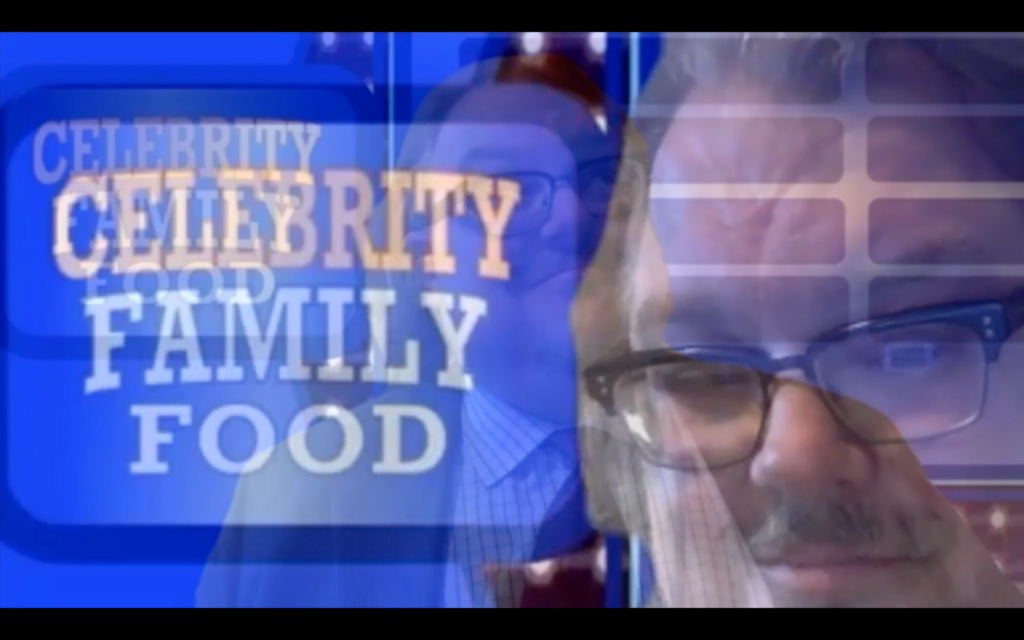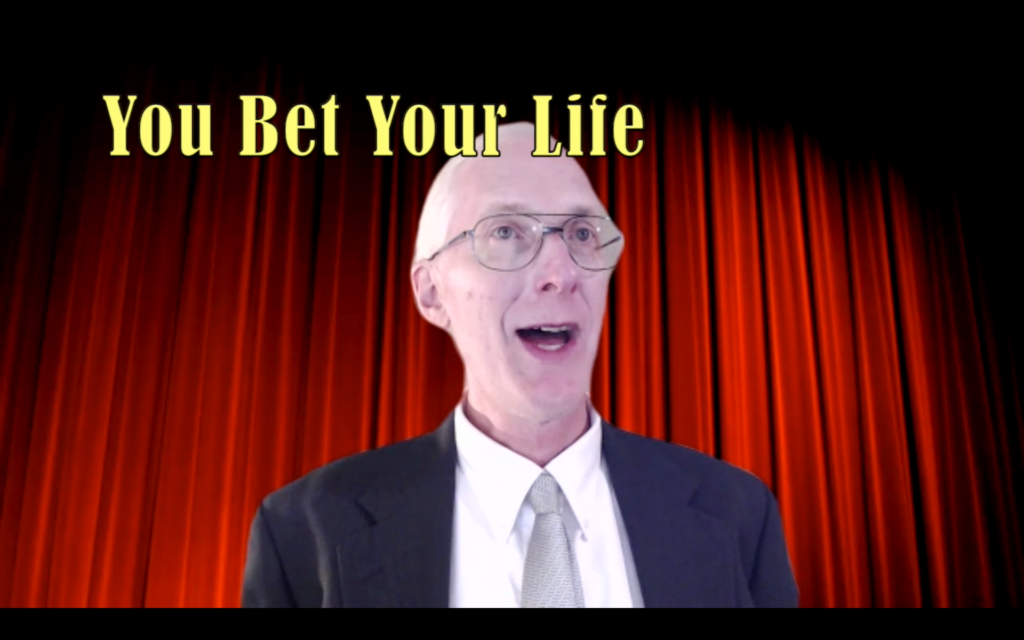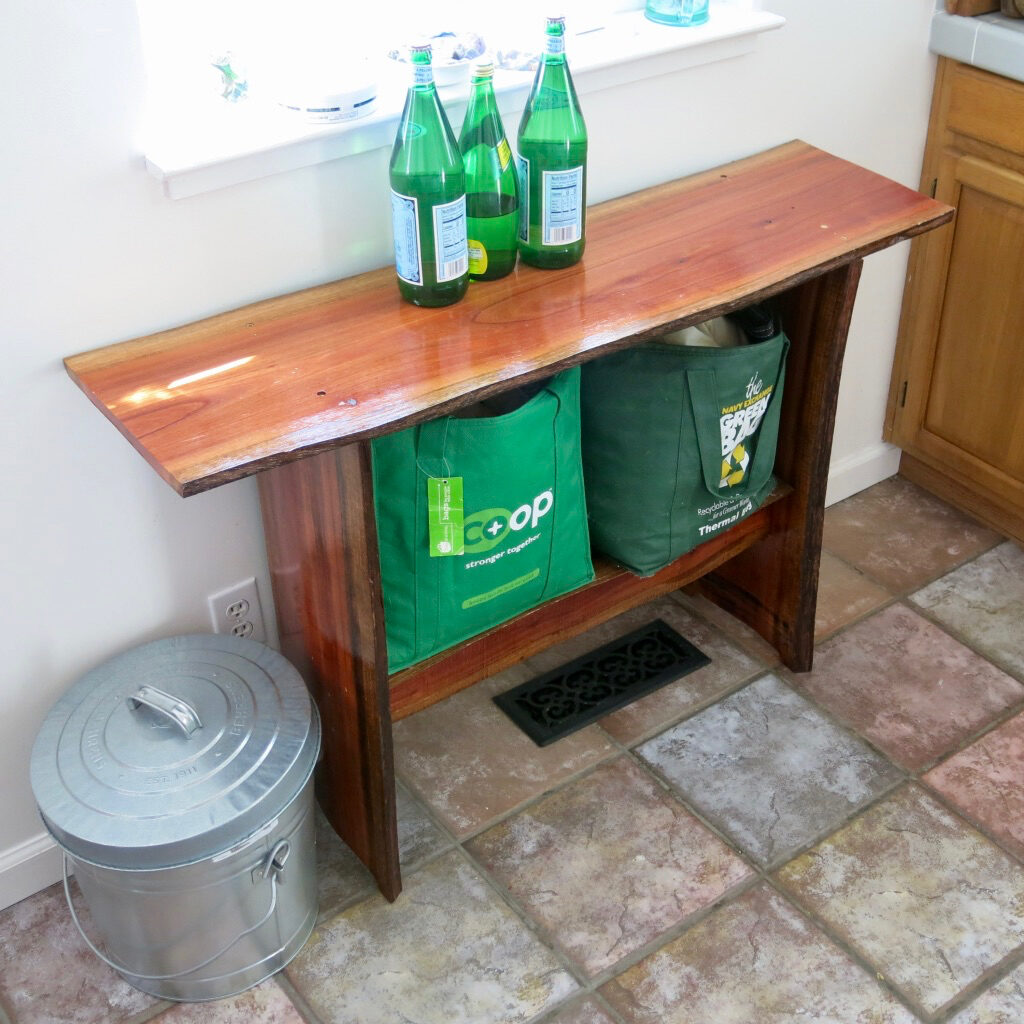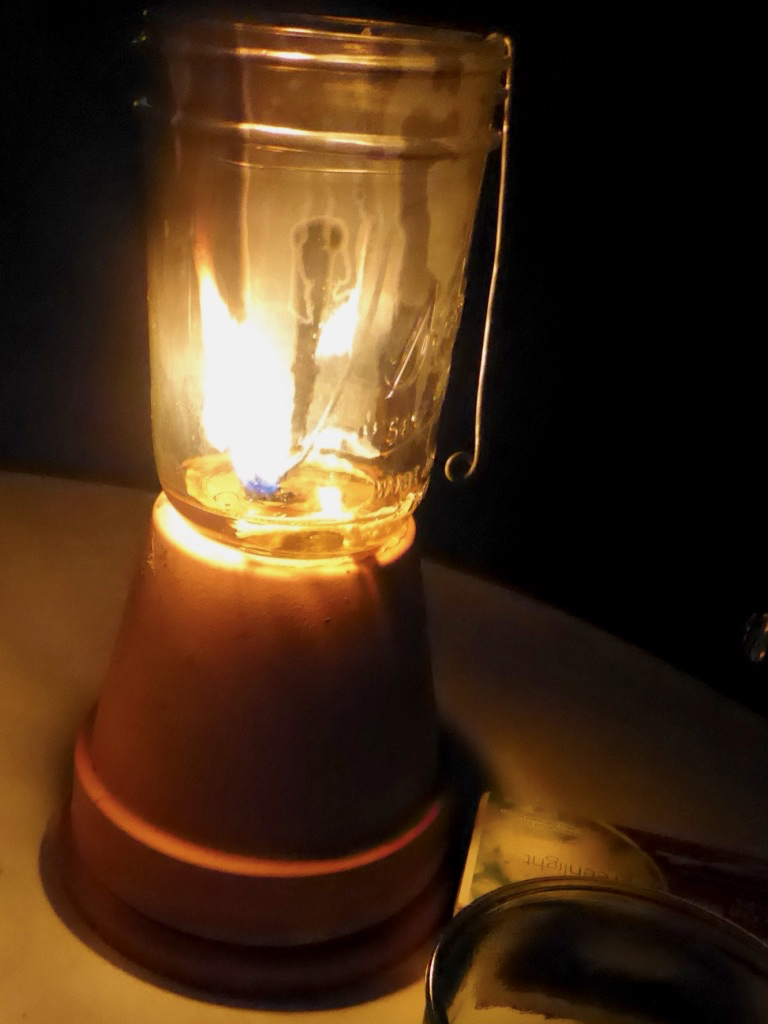As the years go by, I find I’m less interested in how famous or “important” Unitarian Universalists live their lives, and increasingly interested in the lives of ordinary Unitarians and Universalists. Maybe this is because I don’t know any important or famous Unitarian Universalists, but I’ve known lots of ordinary Unitarian Universalists. With that in mind, here’s a brief biography of Martha Clara Elizabeth Ziegler Greenlaw [a.k.a. Reynolds, Seymour, and Fancher], a member of the old Unitarian Church of Palo Alto:
A housewife and mother who experienced more than her share of domestic challenges and tragedies, Martha Clara Elizabeth Ziegler was born Feb. 27, 1894, in Chicago. In 1900, she was living in Hyde Park Township (which became part of Chicago). She lived with her father Gustav, a machinist’s helper, who had been born in Denmark; her mother Ida, who had been born in Germany; and her younger brother Charles.
When she was 17 years old, on Aug. 1, 1911, she married Charles Greenlaw (q.v.) in Chicago, Ill. Charles worked for American Telephone and Telegraph (AT&T) installing new phone systems in communities across the country, and his job required him to relocate every few months. His wife and a growing number of children had to move with him, and some of their moves can be traced from the birthplaces of their four children: Arnold Ziegler (q.v.) was born July 12, 1912, in Chicago; Colin Torrey was born March 27, 1914, in Baltimore, Md. (q.v.); Morrison Bronk was born Aug. 3, 1918, in San Francisco; and Margery Ellen was born Nov. 3, 1920, in Chicago. All these moves put strain on the family.
To try to reduce some of the strain on the family, from about 1918 to 1920 they spent significant amounts of time in a cabin Charles owned in Willits, Calif. But soon they had to move again, and in January, 1920, they were living in Detroit, Mich. And by 1923, the family had moved to 523 Webster St. in Palo Alto.
Continue reading “Ordinary Unitarians: Martha Ziegler”






